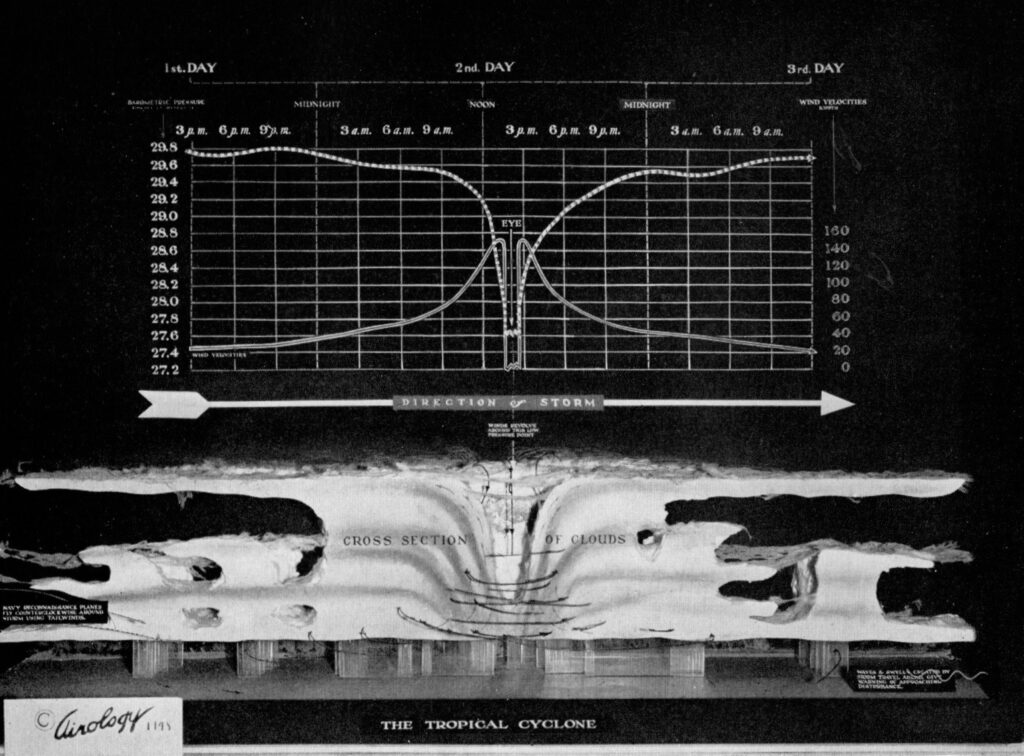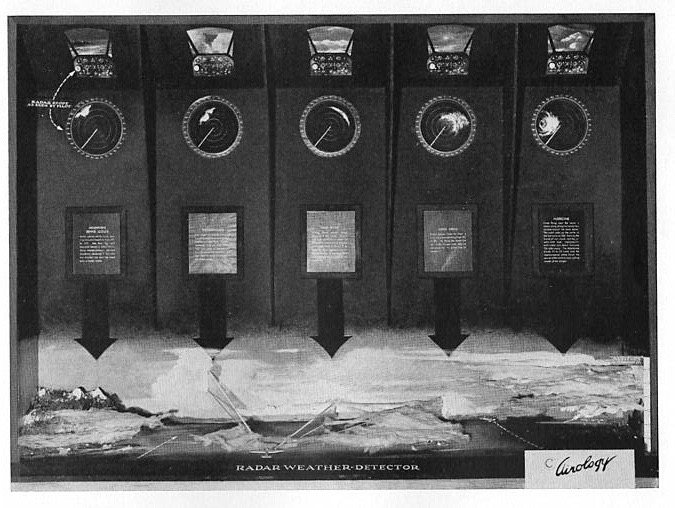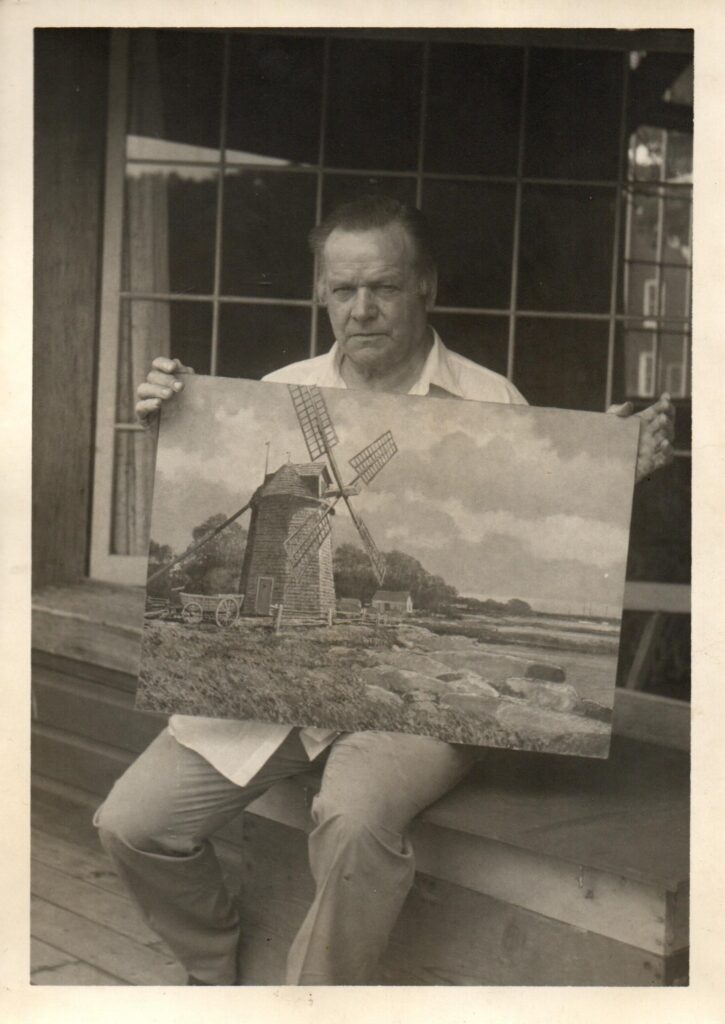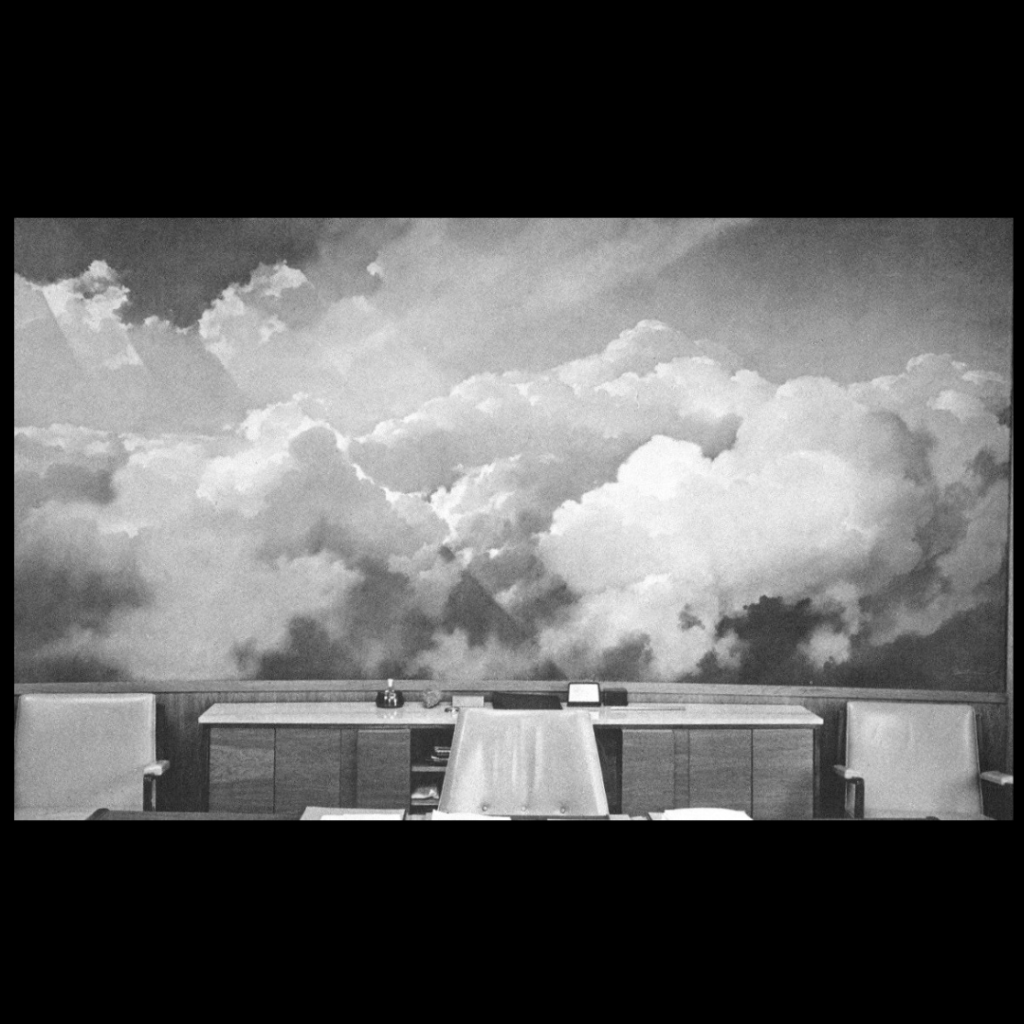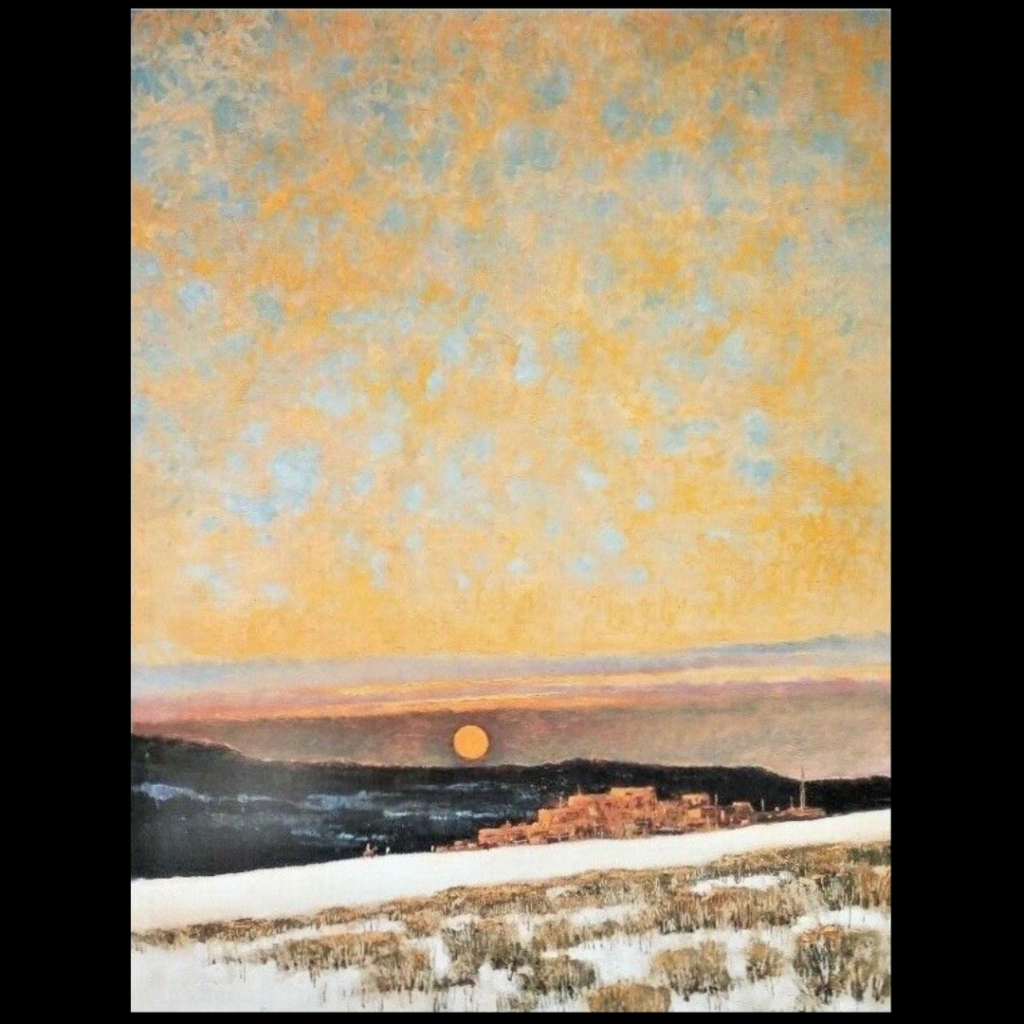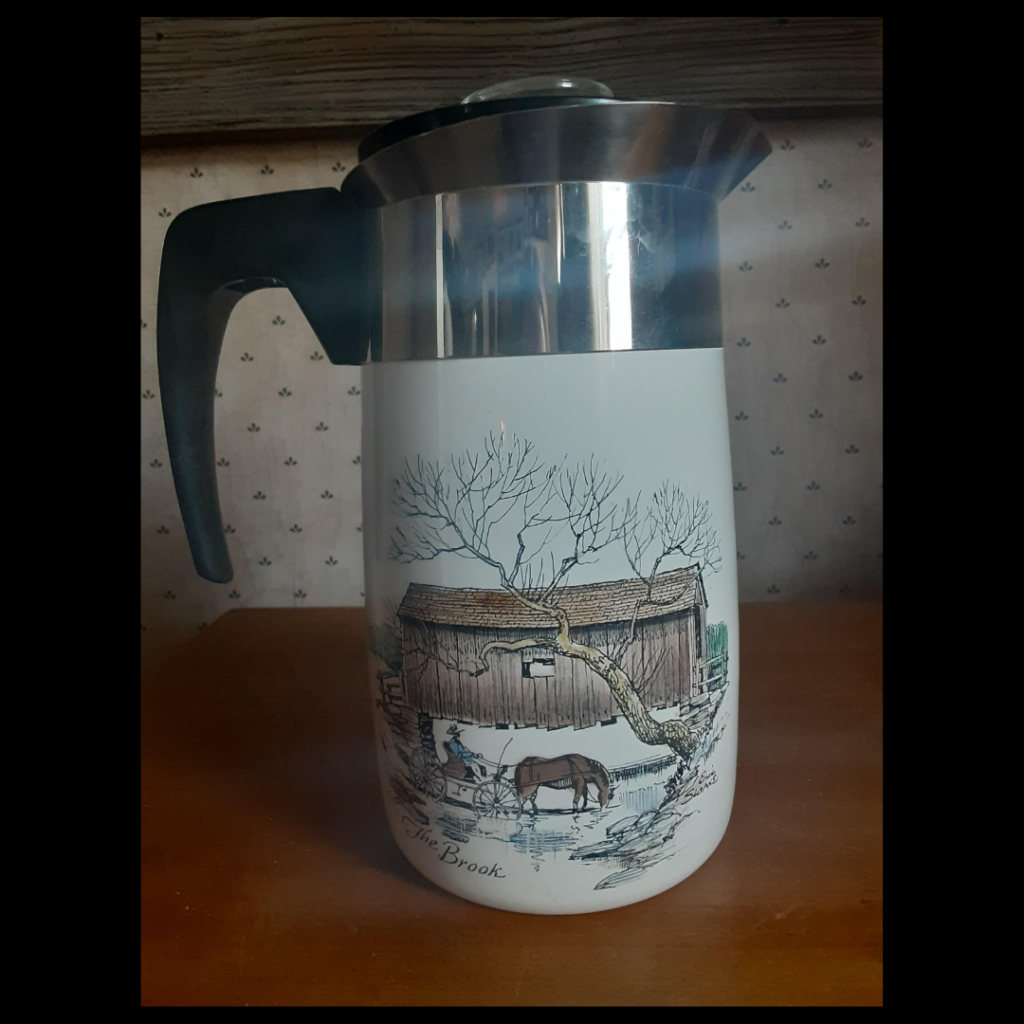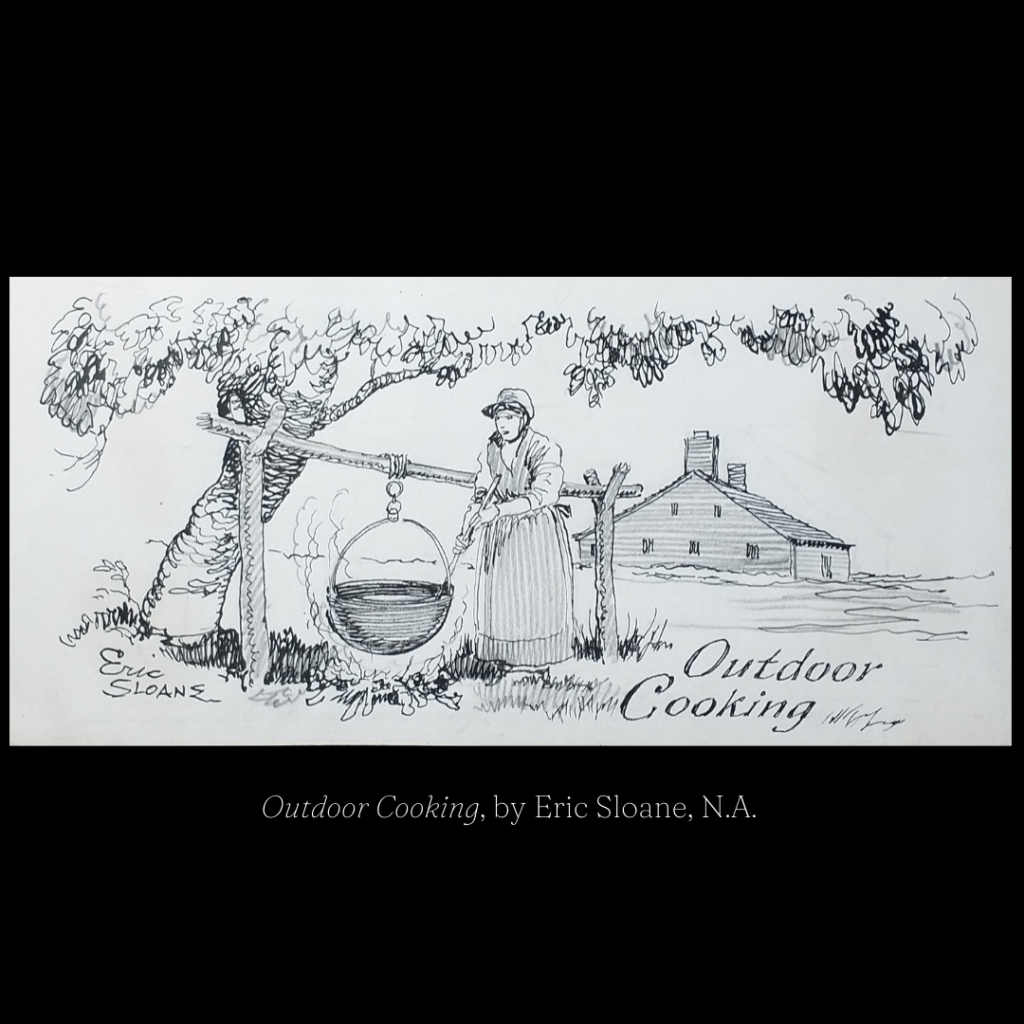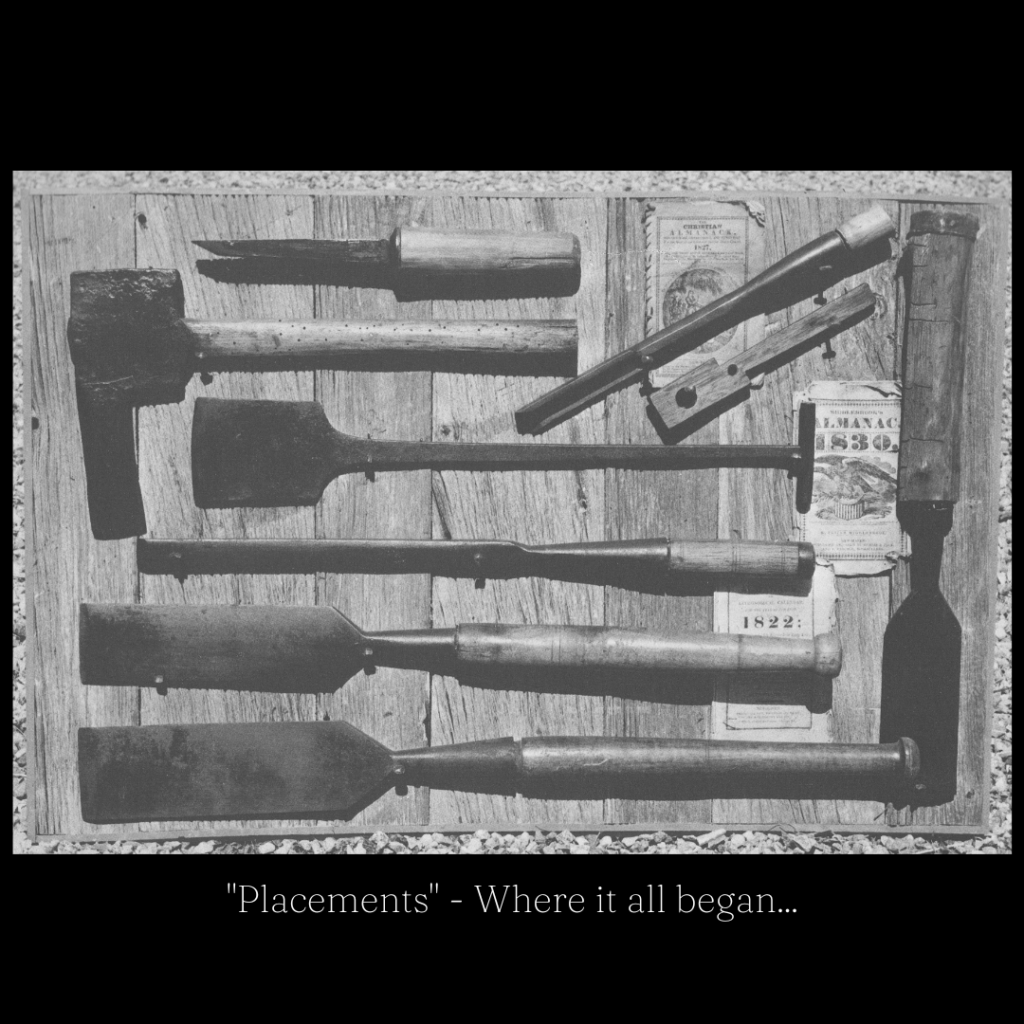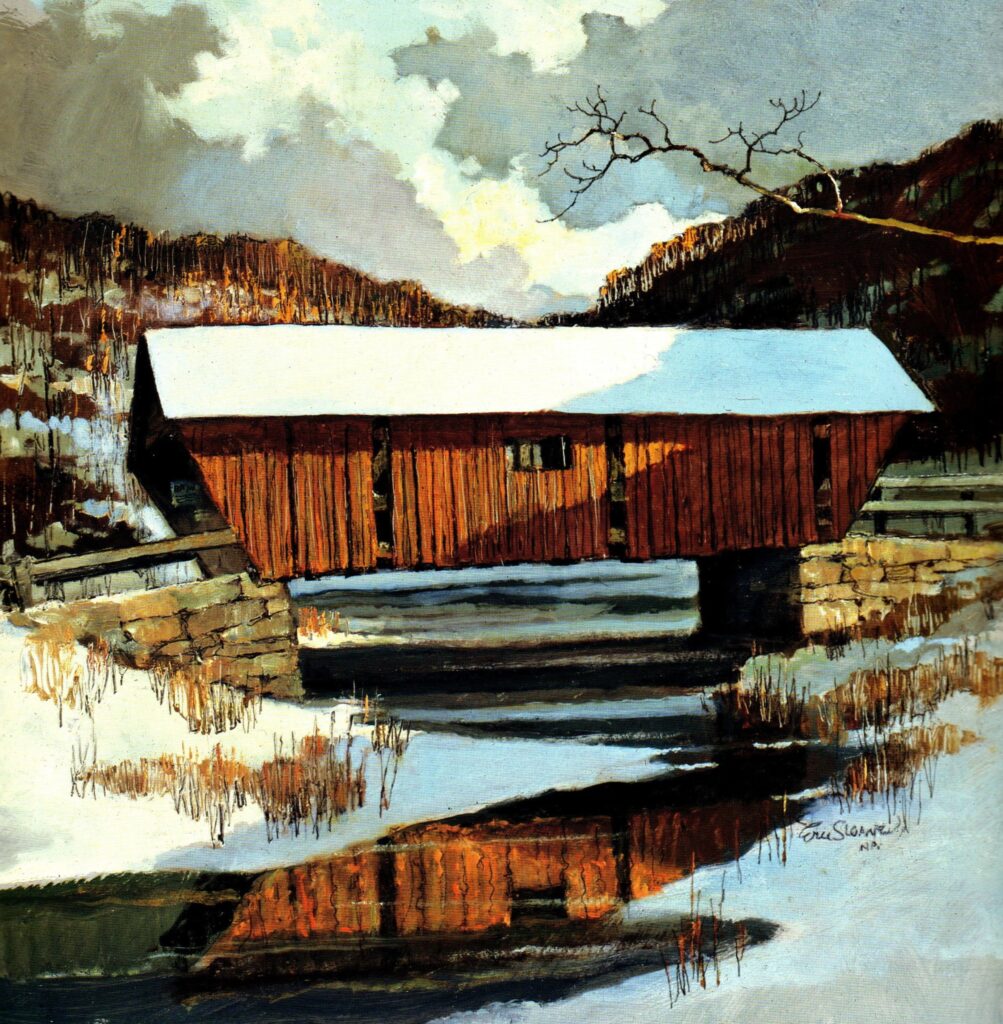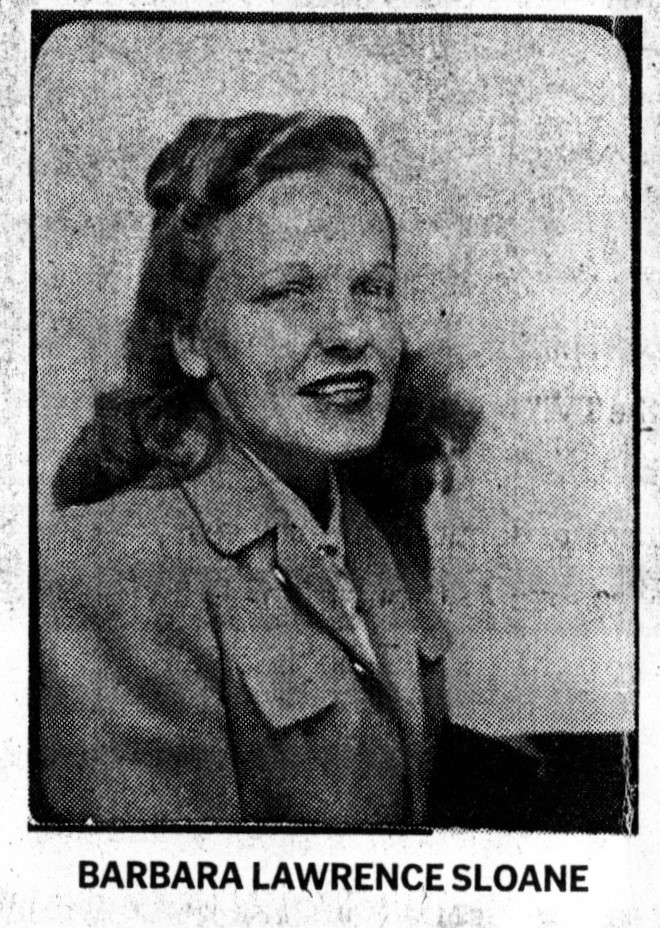
Happy International Women’s Day! Here is to all of the awesome women of the world doin’ their thing. This young lady led an amazing life – she left home at age 14 to become a high-wire trapeze artist in a circus, then a “wild west equestrienne”.
“…Eric Sloane courted her in the early 1930s with trips to an airfield where they would watch planes. A contemporary newspaper account said she learned to fly so Sloane could sketch cloud formations up close.” Barbara was to marry Eric, and she became one of the “Ninety-Nines”. “I take him up in my airplane and watch him make color notes for paintings”, Mrs. Sloane told a reporter for the New York’s World Telegram, “and on every trip, day or night, I really have a wonderful time”.
To learn more about the Friends of the Eric Sloane Museum and our mission to assist in the preservation and interpretation of the Eric Sloane Museum and its collection, click here. While you’re there, please consider supporting our work by making a donation online to our new Hands-on! classroom project.

